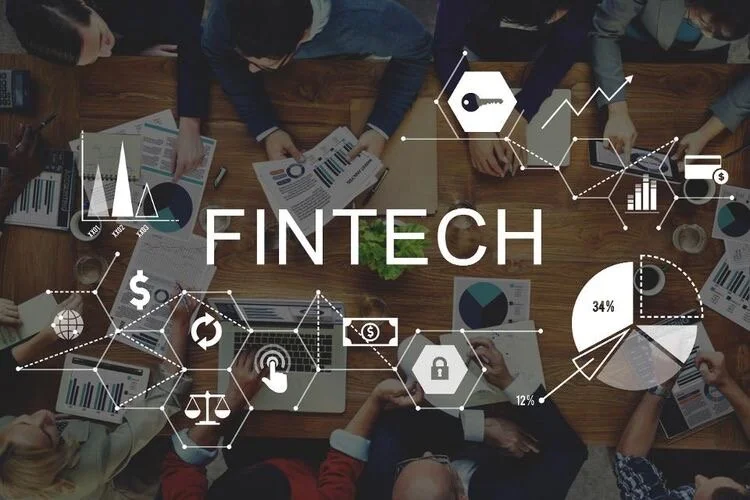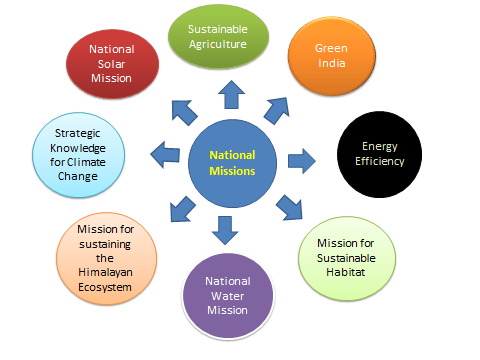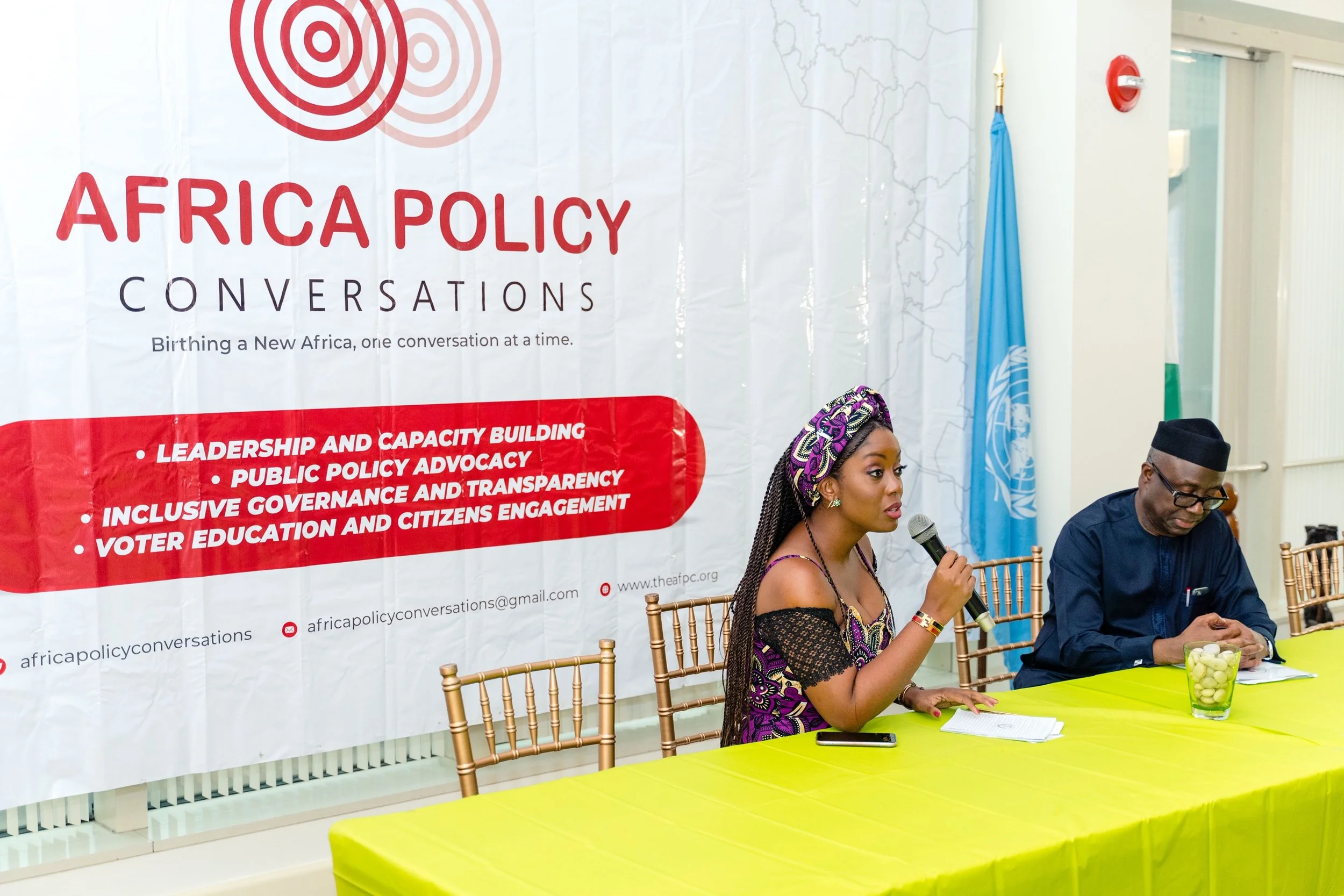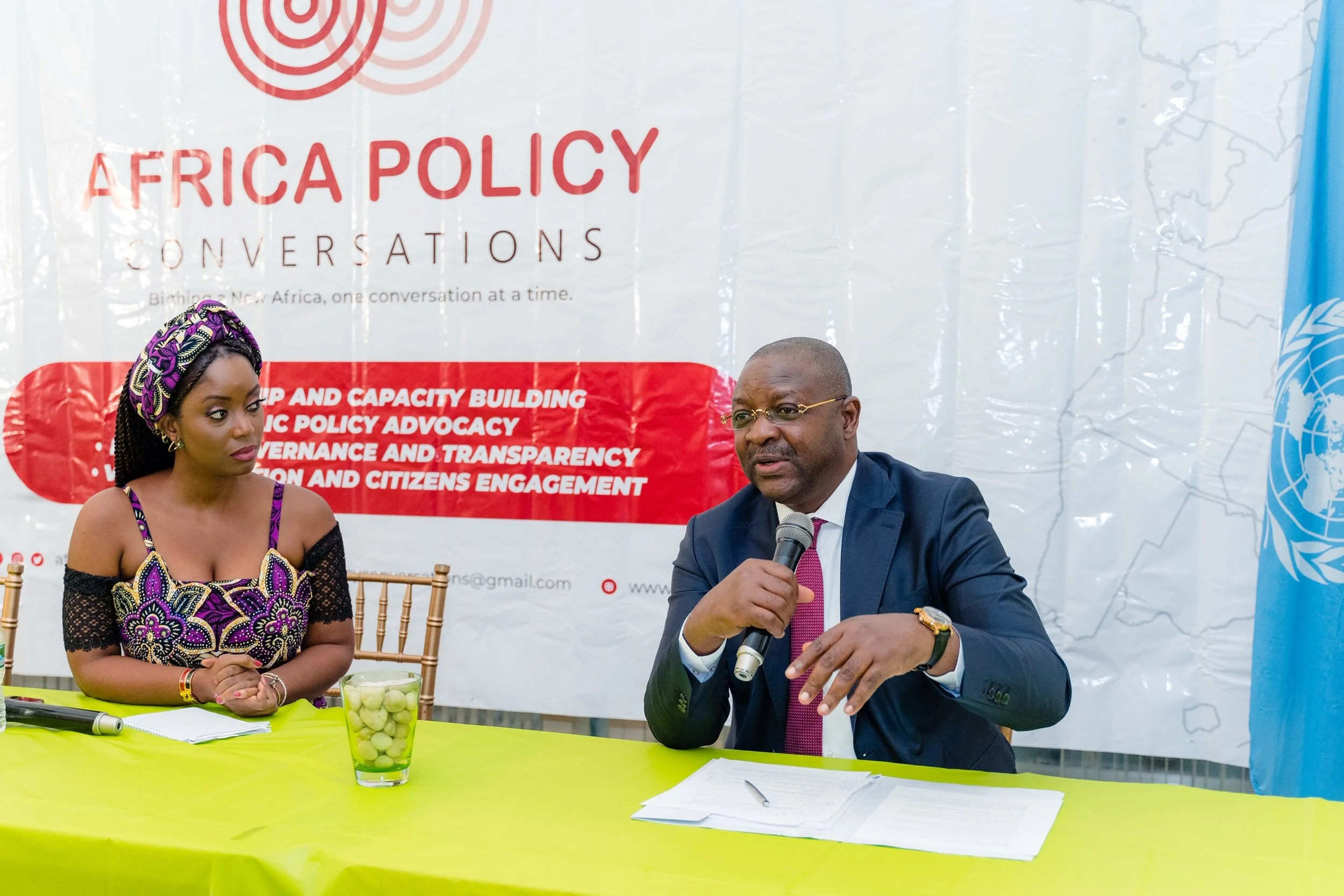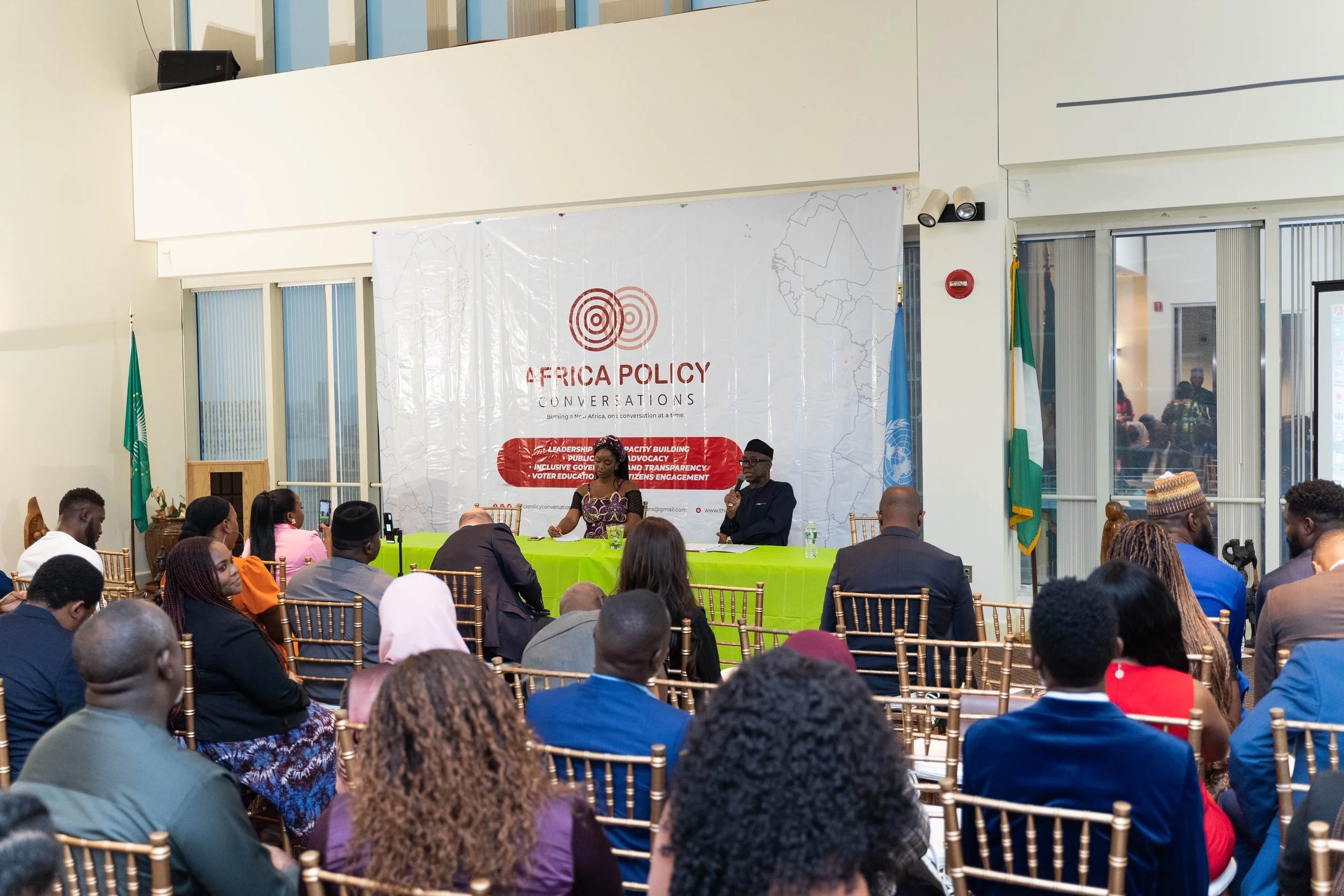Overview
Nigeria, widely regarded as Africa's most populous country, is rapidly urbanizing and expanding its infrastructure. Recognizing the importance of strong infrastructure in driving economic growth and attracting foreign investment, the country has established various infrastructure financing models. This article will look at Nigeria's various infrastructure financing models, including their advantages, disadvantages, and overall impact on the country's development.
Conventional Infrastructure Financing Models
Government Funding
Nigeria has traditionally relied on public funds to finance infrastructure projects such as roads, bridges, airports, and power plants. Government funding was critical in the early stages of Nigeria's infrastructure development; however, progress was hampered by budget constraints and inefficiencies in project implementation. Among the most notable projects are the Lagos-Ibadan Expressway, the Second Niger Bridge, and the Abuja-Kano Road; the Lagos-Kano railway, which is currently under construction; the construction of a new terminal at the Murtala Muhammed International Airport in Lagos; the renovation of the Nnamdi Azikiwe International Airport in Abuja; the construction of new dams and the rehabilitation of existing water treatment plants; the construction of new power plants; and the construction of new power plants
Bilateral and Multilateral Funding
To supplement government funding, Nigeria sought financial assistance from multilateral institutions and bilateral partners. Organizations such as the World Bank, the African Development Bank, and the International Monetary Fund provided loans and grants for infrastructure projects. These funds bridged the financing gap and brought in technical expertise and international best practices.
New Approaches to Infrastructure Financing in Nigeria
Given constraints such as bureaucratic bottlenecks, population explosions, and a lack of industry and technical expertise within government bodies, which typically limited countries' capacity to provide sufficient infrastructure to meet the ever-expanding needs of their citizens, new solutions were required, leading to the introduction of Infrastructure financing models that aimed to meet the identified needs. Among these are:
Public-Private Partnerships (PPPs)
Public-private partnerships involve collaboration between a government agency and a private-sector company that can be used to finance, build, and operate projects such as public transportation networks, parks, and convention centres.
The Kaduna Polytechnic Student Hostel Renovation Project was Nigeria's first public-private partnership project. Kaduna Polytechnic and the concessionaire, Mark Point Limited, signed off on the project in August 2020. The project is a Rehabilitate, Operate, and Transfer (ROT) PPP arrangement for a concession period of sixteen (16) years.
Because of their ability to leverage private sector resources, expertise, and efficiency, public-private partnerships (PPPs) have emerged as a preferred infrastructure finance model in Nigeria. PPPs involve the collaboration of the public and private sectors to design, finance, build, and operate infrastructure projects. This model promotes risk-sharing and innovation while reducing the burden on government finances. Let us consider the common types of PPPs available for infrastructure development in Nigeria:
Build-Operate-Transfer (BOT): A private entity designs, finances, builds, and operates the infrastructure project for a specified period. Ownership is eventually reverted to the government.
Build-Own-Operate (BOO): In a BOO model, the private entity not only constructs and operates the infrastructure but also owns it for the duration of the project.
Build-Transfer-Operate (BTO): Similar to BOT, the private entity builds the infrastructure and then transfers ownership to the government. However, the private entity is responsible for running the project for a set period before handing over control to the government.
Rehabilitate-Operate-Transfer (ROT): A private company is hired to repair an existing infrastructure asset, operate it for a set period, and then return it to the public sector at the end of the concession period.
Benefits of PPPs
Enhanced Efficiency: Private sector involvement brings efficiency to project management, construction, and operation, ensuring timely completion and improved quality.
Access to Capital: PPPs attract private sector investments, allowing the government to leverage additional funds without straining public finances.
Risk Sharing: The private sector shares financial and operational risks, alleviating the burden on the government and taxpayers.
Challenges of PPPs
Complex Legal Framework: Establishing a robust legal and regulatory framework for PPPs requires expertise and time.
Revenue Generation: Sustaining revenue streams to repay private partners and ensure project viability can be challenging, especially for projects in remote areas.
Political and Regulatory Risks: Changes in government policies, regulations, or political instability may impact project continuity and profitability.
Blended Finance
Blended finance refers to an approach where public and private funds are combined to support projects that aim to achieve both financial returns and social or environmental benefits. In simple terms, it is a way to blend money from different sources, like governments, philanthropic organizations, and private investors, to support projects that have a positive impact on society or the environment. Blended finance is often used to attract private capital to projects that are not financially viable or attractive to investors alone.
Benefits of Blended Finance
It can help attract private investment to projects that would otherwise be too risky or unprofitable.
It can help achieve social and environmental goals.
It can help to build partnerships between the public, private, and nonprofit sectors.
Challenges of Blended Finance
It can be complex and time-consuming to structure blended finance deals.
There is a lack of standardized terms and definitions for blended finance, which can make it difficult to track and compare deals.
There is a risk that blended finance could be used to greenwash projects that are not actually sustainable.
Sovereign Wealth Funds (SWFs)
Sovereign Wealth Funds (SWFs) have gained popularity in Nigeria as long-term investment vehicles for infrastructure development. SWFs are state-owned investment funds that manage surplus funds and invest them in various assets, including infrastructure projects. Nigeria's Sovereign Investment Authority (NSIA) manages the country's SWFs, with a specific focus on infrastructure, agriculture, and healthcare investments.
Infrastructure Investment by SWFs
The NSIA's infrastructure investment strategy concentrates on transportation, infrastructure, energy, water, and telecommunications sectors. By partnering with private investors and international financial institutions, the NSIA aims to attract foreign direct investment and boost infrastructure development in Nigeria.
Benefits of SWFs
Long-Term Stability: SWFs provide a stable source of funding for infrastructure projects, reducing dependency on short-term financing.
Diversification: Investments in infrastructure diversify the country's revenue streams, reducing reliance on oil and gas revenues.
Challenges of SWFs
Low Returns: Infrastructure projects often have long gestation periods and may not yield high immediate returns, requiring patient capital.
Accountability and Transparency: Ensuring accountability and transparency in SWF operations is crucial to preventing corruption and mismanagement of funds.
Infrastructure Bonds
Infrastructure bonds are another type of financing used in Nigeria to fund infrastructure projects. The government or private entities issue these bonds to raise capital from investors, with the proceeds used to fund infrastructure development. Projects funded by infrastructure bonds in Nigeria include:
The Lagos-Ibadan Expressway: The Lagos-Ibadan Expressway is a major highway that connects the two largest cities in Nigeria. The expressway was partially funded by a N100 billion infrastructure bond that was issued in 2013.
The Abuja Light Rail: The Abuja Light Rail is a light rail system that is currently under construction in the capital city of Nigeria. The light rail is being funded by a N250 billion infrastructure bond that was issued in 2018.
The Mambilla Hydroelectric Power Project: The Mambilla Hydroelectric Power Project is a hydroelectric power project that is currently under construction in the northeastern part of Nigeria. The project is being funded by a N620 billion infrastructure bond that was issued in 2020.
Benefits of Infrastructure Bonds
Access to Capital Markets: Infrastructure bonds provide institutional and retail investors with a broader range of options.
Fixed Income Investment: Infrastructure bonds offer consistent returns to investors, making them an appealing investment option.
Challenges of Infrastructure Bonds
Interest Rate Risk: Interest rate fluctuations can affect borrowing costs and the attractiveness of infrastructure bonds.
Market Perception: Market confidence in the project's viability and the creditworthiness of the issuer usually determine the success of infrastructure bond issuances.
Commodity-linked Bonds
Commodity-linked bonds are a type of bond that is linked to the price of a commodity, such as oil or gas. These bonds can be a way to attract investors who are looking for exposure to the infrastructure sector but who are also concerned about the risks of inflation.
Benefits of Commodity-linked Bonds
Hedging against inflation: Commodity-linked bonds can be used to hedge against inflation, as the price of commodities tends to rise with inflation. This can be beneficial for investors who are concerned about the impact of inflation on their portfolios.
Diversification: Commodity-linked bonds can help diversify a portfolio, as they offer exposure to a different asset class than stocks or bonds. This can help reduce risk and improve returns.
Potential for higher returns: If commodity prices rise, investors in commodity-linked bonds can potentially earn higher returns than they would from traditional bonds. However, it is important to note that commodity prices can also fall, which means that there is also the potential for losses.
Longer maturities: Commodity-linked bonds can have longer maturities than traditional bonds, which can be beneficial for investors who are looking for a steady stream of income.
Challenges of Commodity-linked Bonds
Volatility: The price of commodities can be volatile, which means that the value of commodity-linked bonds can also be volatile. This can make them a risky investment for some investors.
Complexity: Commodity-linked bonds can be complex, and it is important to understand the terms and conditions of the bond before investing.
Limited liquidity: Commodity-linked bonds may have limited liquidity, which means that it may be difficult to sell them if you need to cash out.
Infrastructure investment funds
Infrastructure investment funds are a type of pooled investment vehicle that invests in infrastructure projects. These funds can be a way for investors to access the infrastructure sector without having to invest in individual projects.
Advantages of Infrastructure Investment Funds
Stable cash flows: Infrastructure assets tend to generate stable cash flows, which can provide a reliable source of income for investors. This is because infrastructure assets are often essential services that are in high demand, even during economic downturns.
Low correlation to other asset classes: Infrastructure assets tend to have a low correlation to other asset classes, such as stocks and bonds. This means that they can help reduce the volatility of a portfolio.
Long-term growth potential: Infrastructure assets have the potential to generate long-term growth as they are essential to the functioning of the economy. This is in contrast to other asset classes, such as stocks, which can be more volatile in the short term.
Tax benefits: In some cases, infrastructure investments can offer tax benefits, such as depreciation allowances.
Challenges of Infrastructure Investment Funds
Illiquidity: Infrastructure assets can be illiquid, meaning that they can be difficult to sell quickly. This is because they are often large and complex assets.
Regulation: Infrastructure assets are often subject to regulation, which can increase the cost of investing in them.
Political risk: Infrastructure assets can be subject to political risks, such as changes in government policy.
Emerging Infrastructure Financing Options
In addition to the previously mentioned traditional methods, new infrastructure financing options have emerged to bridge the gap and provide innovative solutions. These options leverage new approaches and advancements in information and communication technology and alternative financing mechanisms to mobilize capital for infrastructure development.
Green Bonds
Green bonds are a type of debt security specifically designed to finance environmentally sustainable projects. Green bonds can be used to finance a wide range of infrastructure projects, including renewable energy projects, energy efficiency projects, and water conservation projects.
The Nigerian government issued the first sovereign green bond in Africa in December 2017 under the aegis of the Ministry of Environment and Finance and the Green Bond Advisory Group (GBAG). The bond raised NGN 10.69 billion (US$28 million) and was used to finance energy efficiency and renewable energy projects.
Since then, there have been a number of other green bonds issued in Nigeria, including corporate green bonds and green project bonds. These bonds have raised a total of over NGN 50 billion (US$120 million) for a variety of green projects.
Advantages of Green Bonds as an Infrastructure Financing Model
Attracting new sources of capital: Green bonds are attractive investments with potential financial and environmental returns. They can attract new investors to infrastructure projects, reducing financing costs.
Improving transparency: Green bonds require detailed information about the use of proceeds, enhancing transparency and accountability.
Benefits investors and the public, ensuring infrastructure projects are financed for the right reasons.
Promoting sustainable development: Green bonds finance environmentally beneficial projects like renewable energy and water conservation.
Contributes to sustainable development and reduces the environmental impact of infrastructure projects.
Enhancing credit rating: Issuing green bonds signals a commitment to sustainability, improving the issuer's credit rating.
Reducing borrowing costs: Green bonds can lead to lower interest rates as investors value their environmental impact.
Building a reputation for sustainability: Issuing green bonds establishes a reputation for sustainability, benefiting both issuers and stakeholders
Challenges of Green Bonds as an Infrastructure Financing Model
Greenwashing: This is the practice of making misleading or deceptive claims about the environmental benefits of a project. Greenwashing can be a problem with green bonds, as there is no one standard definition of what constitutes a "green" project. This can make it difficult for investors to assess the true environmental impact of a bond.
Lack of liquidity: The green bond market is still relatively small, which means that there is not as much liquidity as there is in other bond markets. This can make it difficult for investors to buy and sell green bonds, reducing their attractiveness as an investment.
Cost: There are some additional costs associated with issuing green bonds, such as the cost of third-party verification and reporting. These costs can make green bonds less attractive to some issuers.
Project risk: Green projects often have longer payback periods and higher risks than traditional infrastructure projects. This can make it more difficult for investors to assess the risk-return profile of green bonds.
Infrastructure-as-a-service (IaaS)
IaaS is a cloud-based model in which infrastructure assets are provisioned and managed as a service. IaaS can be a cost-effective way to access infrastructure capacity, and it can also help reduce the risk of stranded assets.
The IaaS market in Nigeria is on the rise. According to a report by International Data Corporation (IDC), the market can grow at a Compound Annual Growth Rate (CAGR) of 25% over the next five years. This growth is being driven by several factors, including the increasing adoption of cloud computing by businesses in Nigeria, the growing availability of high-speed internet, and the government's support for the cloud computing industry.
Some IaaS providers operating in Nigeria include global brands like Amazon Web Services (AWS), Microsoft Azure, and Google Cloud Platform, as well as Nigerian-owned IaaS providers such as Rack Centre and Cloudflex. These providers offer many services, including virtual machines, storage, networking, and disaster recovery.
Benefits of Infrastructure-as-a-service (IaaS) as an Infrastructure Financing Model
Cost savings: IaaS can help businesses save money on infrastructure costs by eliminating the need to purchase and maintain their hardware and software. Businesses can simply pay for the resources they need as they need them, which can lead to significant cost savings over time.
Scalability: IaaS can help businesses scale their infrastructure up or down as needed, which can be beneficial for businesses that experience fluctuations in demand. This can help businesses avoid overprovisioning their infrastructure, which can lead to unnecessary costs.
Flexibility: IaaS can help businesses be more flexible in their IT deployments. Businesses can easily move their workloads to different cloud providers or regions, which can be beneficial for businesses that need to be able to quickly adapt to changes in their business environment.
Security: IaaS providers typically offer a high level of security for their infrastructure. This can help businesses reduce their risk of data breaches and other security incidents.
Challenges of Infrastructure-as-a-service (IaaS) as an Infrastructure Financing Model
Cost: IaaS can be a more expensive financing model than traditional methods, such as debt financing. This is because IaaS providers charge businesses for the resources they use, even if they are not fully utilized.
Risk: IaaS providers are responsible for the security and reliability of their infrastructure. However, businesses that use IaaS are still exposed to some risks, such as data breaches and service outages.
Complexity: IaaS can be a complex financing model to manage. Businesses need to understand the different pricing options available and how to optimize their usage of resources.
Vendor lock-in: Businesses that use IaaS may become locked into a particular vendor. This can be a problem if the vendor's prices increase or if the vendor's service is not reliable.
Infrastructure debt securitization
Infrastructure debt securitization is the process of pooling together infrastructure debt obligations and issuing securities backed by those obligations. Infrastructure debt securitization can help reduce the cost of infrastructure financing and make it more accessible to investors.
Benefits of Infrastructure debt securitization as an Infrastructure Financing Model
Increased access to capital: Securitization can help increase the pool of capital available for infrastructure projects by providing investors with a more liquid and diversified investment. This can be especially important for large or complex infrastructure projects that may not be able to obtain financing from traditional sources.
Lower borrowing costs: Securitization can help lower borrowing costs for infrastructure projects by spreading the risk of default across a wider pool of investors. This can make it easier for projects to obtain financing at lower interest rates.
More efficient use of capital: Securitization can help make more efficient use of capital by freeing up the originator to fund new projects. This is because the originator does not need to retain the debt obligations on its balance sheet, which can free up capital for other purposes.
Increased transparency: Securitization can help increase transparency in the infrastructure financing market by providing investors with more information about the underlying assets. This can help reduce the risk of default and make it easier for investors to make informed investment decisions.
Challenges of Infrastructure debt securitization as an Infrastructure Financing Model
Large loan sizes and investor attraction: Difficulty pooling enough loans to create attractive securitizations for investors
The size of infrastructure loans can pose a challenge.
Lack of transparency and complexity: Infrastructure projects often lack transparency, making the assessment of associated risks difficult for investors.
Complexity and opacity hinder investor understanding.
High illiquidity of infrastructure debt: Investors may face challenges selling their investments due to the high illiquidity of infrastructure debt.
Lack of market liquidity adds to investment difficulties.
Varying regulatory environments: Regulatory frameworks for infrastructure debt securitization differ across countries.
Structural and marketing challenges arise due to regulatory variations.
Infrastructure Crowdfunding
Infrastructure crowdfunding is the process of raising capital for infrastructure projects through small investments from a large number of people. Infrastructure crowdfunding can be a way to tap into a new source of capital for infrastructure projects, and it can also help build public support for those projects. Below are instances of Infrastructure crowdfunding in Nigeria:
In 2017, a group of Nigerians raised $1.2 million to build a solar-powered water pump in a rural community. The project was funded through the crowdfunding platform, Crowdfund.ng.
In 2018, a group of Nigerians raised $200,000 to build a community library in Lagos. The project was funded through the crowdfunding platform, Gofundme.
In 2019, a group of Nigerians raised $500,000 to build a community playground in Abuja. The project was funded through the crowdfunding platform, Fundly.
Advantages of Infrastructure Crowdfunding
Reaching a wider audience: Crowdfunding platforms allow project creators to reach a wider audience of potential investors than they would through traditional fundraising methods. This can be especially helpful for projects that are located in rural areas or that are focused on serving a specific community.
Building community support: Crowdfunding can help build community support for infrastructure projects. When people invest in a project, they are not just investing their money; they are also investing their time and energy. This can help to create a sense of ownership and responsibility among the community members, which can be essential for the success of the project.
Attracting small investors Infrastructure projects can be expensive, and traditional financing methods may not be available to small investors. Crowdfunding can help attract small investors who may not be able to afford to invest in a project on their own. This can help diversify the pool of investors and reduce the risk for the project creator.
Building awareness: Crowdfunding can help build awareness about infrastructure projects. When people see a project on a crowdfunding platform, they are learning about the project and the need for it. This can help raise awareness of the project and the importance of infrastructure investment
Challenges of Infrastructure Crowdfunding
High cost of infrastructure projects: Infrastructure projects are typically very expensive, and this can make it difficult to raise the necessary funds through crowdfunding.
Lack of awareness: Many people are not aware of the potential of crowdfunding for infrastructure projects. This can make it difficult to attract investors and generate the necessary support.
Regulatory hurdles: In some countries, regulatory hurdles need to be overcome to launch an infrastructure crowdfunding campaign. This can be a time-consuming and complex process.
Risk: Infrastructure projects are often associated with a high degree of risk. This can make investors hesitant to participate in crowdfunding campaigns for these projects.
Conclusion
Nigeria's infrastructure finance models have evolved in response to the challenges posed by traditional financing methods. Infrastructure Bonds, PPPs, and Sovereign Wealth Funds have emerged as effective mechanisms for funding infrastructure projects, while newer models such as Green bonds, Infrastructure-as-a-service (IaaS), Infrastructure debt securitization, and Infrastructure crowdfunding offer environmentally sustainable avenues for achieving Infrastructure development goals.
While each model has benefits and drawbacks specific to the industry, their combined implementation is critical to meeting Nigeria's growing infrastructure needs and propelling economic development. By embracing innovative financing models, Nigeria can establish a sustainable infrastructure ecosystem that attracts investments and supports long-term growth.

